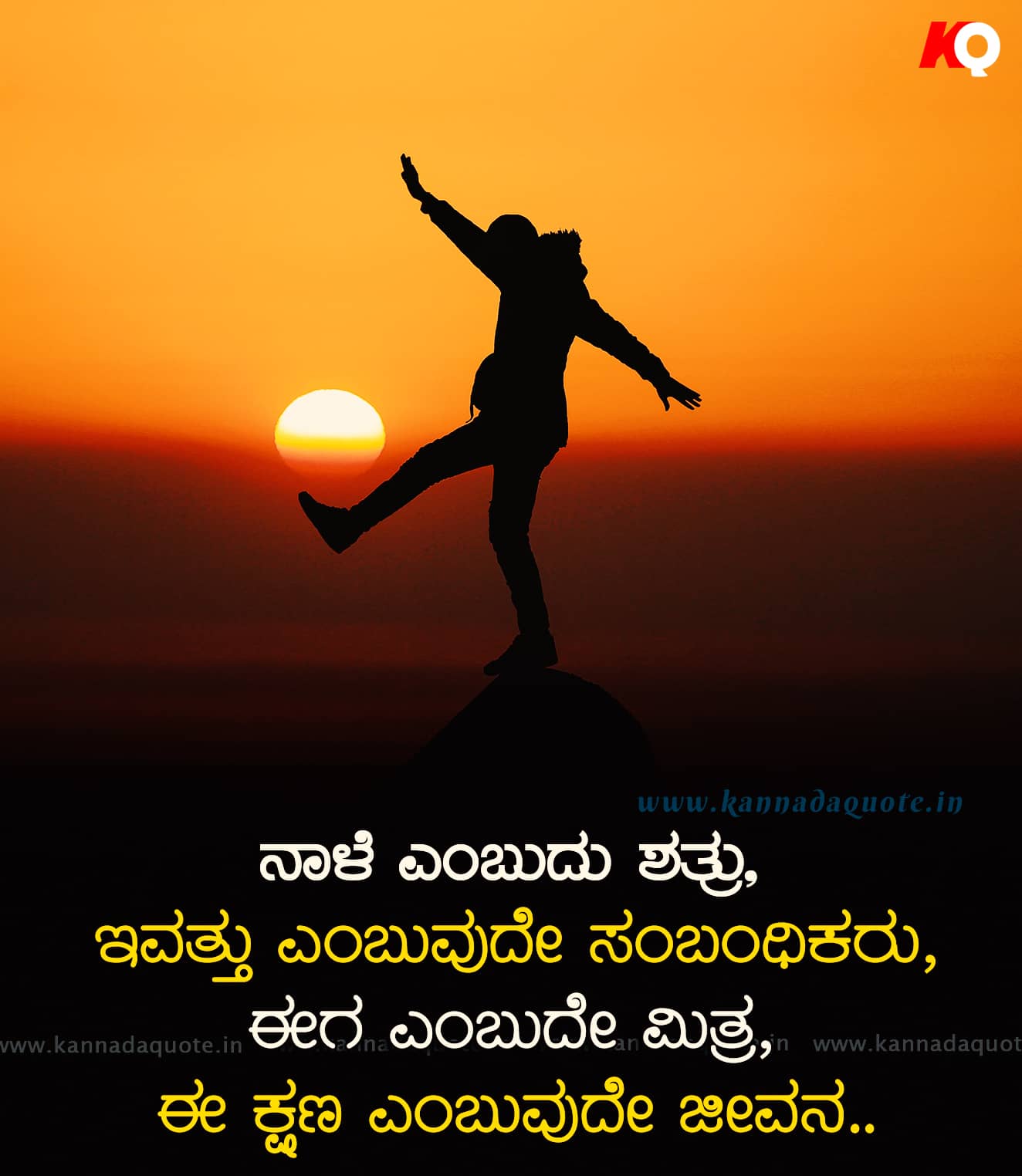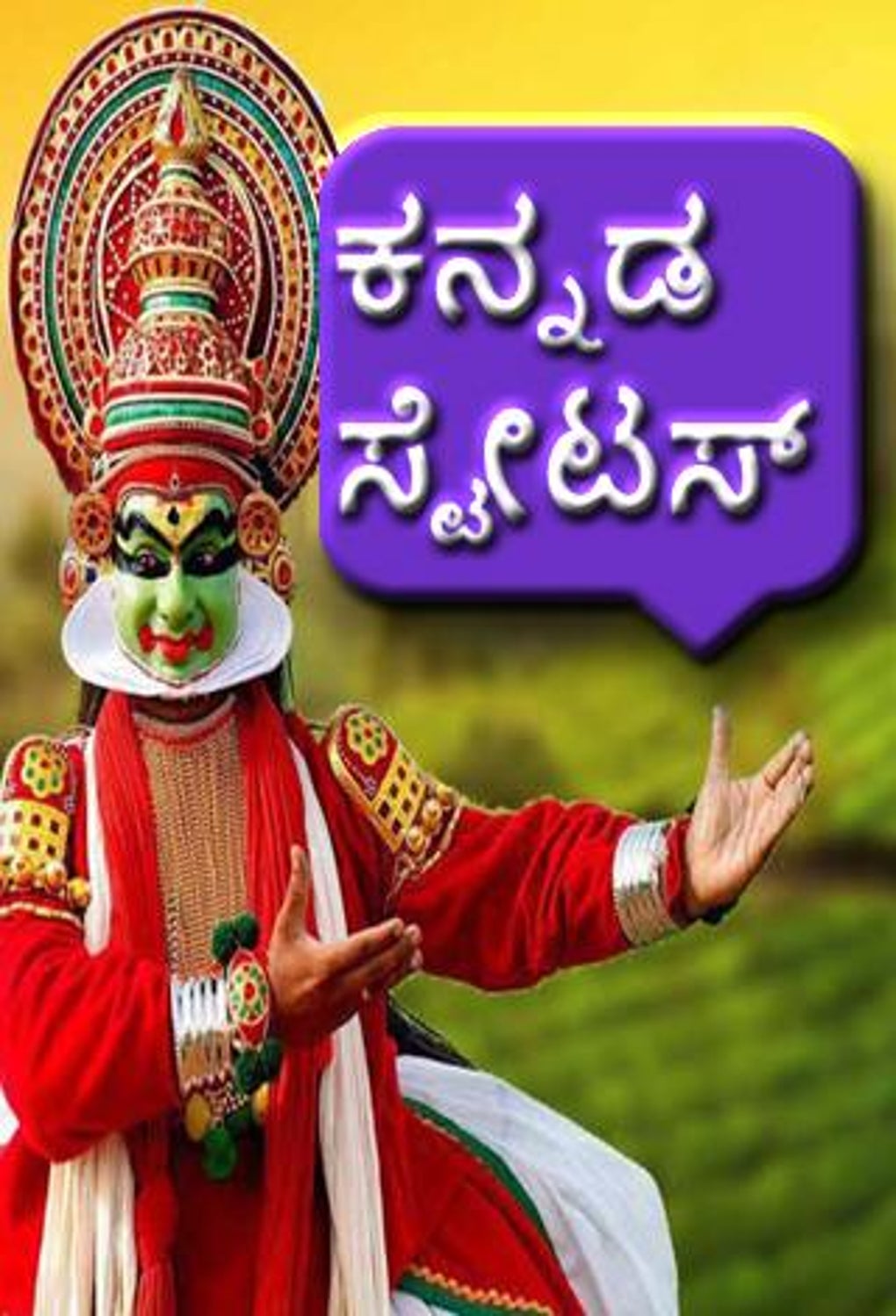Unlock Kannada Fluency: 7 Essential Rules To Master!
Are you ready to unlock the secrets of a language that has echoed through centuries, shaped cultures, and connected millions? Mastering Kannada, a language steeped in history and vibrant with life, is achievable for anyone willing to embark on the journey, offering a unique path to fluency and cultural understanding.
Kannada, spoken predominantly in Karnataka, is more than just a means of communication; it's a portal to a rich tapestry of traditions, art, and literature. From the ancient inscriptions that whisper tales of empires to the modern-day voices that shape contemporary India, Kannada offers a wealth of experiences for the eager learner. Whether you're a beginner just starting to explore the basics or an advanced student aiming for complete fluency, the path to mastering Kannada requires dedication and a strategic approach.
This article serves as your guide to understanding the intricacies of Kannada. We will explore the fundamental aspects of the language, from the alphabet and pronunciation to grammar and vocabulary, while always keeping in mind how to connect with the rich culture of Karnataka. This guide aims to make your learning journey not just effective, but also enjoyable.
- Understanding Xnxn A Complete Guide Explore Discover
- Darci Lynne Measurements A Closer Look At The Agt Star
| Aspect | Details |
|---|---|
| Language Family | Dravidian |
| Primary Region | Karnataka, India |
| Estimated Speakers | Over 50 million worldwide |
| Official Status | Official language of Karnataka, India |
| Historical Significance | One of the oldest surviving languages with a rich literary tradition. It has a history stretching back over two millennia. |
| Unique Script | The Kannada script is derived from the Brahmi script, and its graceful curves reflect its rich cultural heritage. |
| Grammatical Features | Kannada grammar is agglutinative, meaning words are formed by adding suffixes to root words, making it distinct from languages like English. |
| Cultural Connection | Understanding Kannada allows for deeper immersion into the art, music, and literature of Karnataka. |
| Literary Heritage | Kannada boasts a vast literary tradition, with significant contributions to poetry, drama, and prose. |
| Modern Relevance | Kannada is spoken and used extensively in contemporary India, in media, education, and commerce. |
Reference: Wikipedia - Kannada Language
This guide breaks down the process into a series of actionable steps, each designed to bring you closer to fluency. Remember, the 7 rules of Kannada mastery aren't just rules; they are your roadmap to success. By understanding and applying these principles, you will develop a strong foundation and achieve your goal of fluency.
For anyone seeking to learn or deepen their understanding of this language, mastering Kannadas core principles is essential. These core principles will help you communicate effectively, allowing you to engage with the rich culture and heritage of Karnataka. Let's delve into the 7 essential rules to master Kannada, ensuring you have a strong foundation and a clear path to fluency.
- Viral Kid Mom Cctv Video Explained Explored
- Camilla Araujo Truth Behind The Controversy Rumors Unveiled
Whether you're a native Kannada speaker or someone learning the language, these rules can help you connect better with the culture and community. By following the 7 rules, you will be able to read, write, and speak Kannada with confidence, enriching your personal and professional life.
Rule 1: Understanding the Basics
Every journey begins with a solid foundation. In learning Kannada, this involves grasping the fundamental elements. This includes becoming familiar with the alphabet (Aksharamale), basic sentence structure, and essential greetings. Understanding the basics provides a framework upon which all other elements of the language can be built.
Start by familiarizing yourself with the vowels (swara) and consonants (vyanjana) of the Kannada script. The script is phonetic, meaning that pronunciation generally aligns with the spelling, making it easier to learn compared to languages with complex pronunciation rules. The vowel sounds form the core of spoken Kannada. Consonants combine with vowels to create syllables and words.
Next, learn basic greetings, such as "Namaskara" (hello), "Hgiddra?" (How are you?), and simple phrases like "Dhanyavda" (thank you) and "Kshamisi" (sorry). These foundational phrases open the door to basic communication and allow you to start interacting with native speakers immediately. Kannada sentence structure generally follows Subject-Object-Verb (SOV) order, which is different from English. Understanding this structure will help you construct grammatically correct sentences.
Rule 2: Learning the Alphabet (Aksharamale)
The Kannada alphabet, or Aksharamale, is the building block of the language. A deep understanding of its letters, sounds, and diacritics is essential for reading, writing, and pronunciation.
The Kannada script consists of vowels (swara), consonants (vyanjana), and their combinations. Each letter has a specific sound, and the way they are combined creates words and phrases. Practice writing the letters. Repeated writing helps with memorization and familiarizes you with the shapes of each letter.
Focus on correctly pronouncing each letter. This includes understanding the difference between short and long vowel sounds, and the nuances of consonant sounds. Use audio resources, and if possible, work with a native speaker to get your pronunciation right.
Rule 3: Mastering Pronunciation
Kannada pronunciation is generally phonetic, but it has unique sounds and intonations that require practice. Correct pronunciation is important for clear communication.
Listen to native speakers. The best way to learn pronunciation is to hear it from the source. Watch Kannada movies, listen to Kannada music, and engage with native speakers. The more you expose yourself to the language, the more natural your pronunciation will become.
Utilize audio resources. There are numerous audio recordings available online, including pronunciation guides and lessons. These resources can help you understand how sounds are produced and how words are pronounced. Focus on the sounds that are unique to Kannada and practice them frequently. Pay attention to vowel length, consonant clusters, and intonation. These elements significantly affect the meaning of words and sentences.
Practice speaking. The best way to improve your pronunciation is to speak. Start with simple words and phrases and gradually move to more complex sentences. Record yourself speaking and compare it to the pronunciation of native speakers. Ask a native speaker to correct your pronunciation. Feedback is essential for improvement. Don't be afraid to make mistakes.
Rule 4: Building Vocabulary
A robust vocabulary is the backbone of any language. Building a strong vocabulary in Kannada is key to effective communication.
Start with essential words. Begin by learning common words and phrases, such as greetings, basic actions, and objects. Organize your vocabulary by topic. Create thematic lists of words, such as colors, numbers, family members, food, and transportation. This makes it easier to learn and recall words when you need them. Use flashcards to memorize new words. Flashcards are an effective way to learn and review vocabulary. Carry them with you and review them whenever you have a few spare minutes.
Read, read, read. Reading is a great way to expand your vocabulary. Start with simple texts, such as children's books or beginner-level stories. As your skills improve, gradually move on to more complex texts, such as novels, newspapers, and magazines. Use new words in context. The best way to remember new words is to use them in sentences. Write your own sentences using the words you have learned. Keep a vocabulary journal. Write down new words, their definitions, and examples of how they are used.
Rule 5: Practicing Grammar
Understanding Kannada grammar is essential for constructing grammatically correct sentences and communicating effectively. The grammar is the backbone that holds the language together.
Learn sentence structure. Kannada sentence structure generally follows the SOV order (Subject-Object-Verb). Understanding this pattern is crucial for constructing clear and accurate sentences. Study verb conjugations. Kannada verbs change form depending on tense, mood, and subject. Learning verb conjugations will allow you to express yourself accurately. Focus on the basics: past, present, and future tenses. Learn the different parts of speech, such as nouns, pronouns, adjectives, verbs, adverbs, and prepositions, and how they function in the language. This will help you understand the grammatical structure of sentences.
Practice by writing and speaking. The best way to learn grammar is to practice it actively. Write sentences, paragraphs, and short stories in Kannada. This will help you apply the grammar rules you have learned. Practice speaking with native speakers, and ask them to correct your grammar. Make grammar a part of your daily routine. The more you use the grammar rules, the more they will become second nature. Read Kannada texts. Reading helps you to see grammar in action. Pay attention to the sentence structure, verb conjugations, and use of other grammatical elements.
Rule 6: Immersing Yourself in the Culture
Language and culture are intertwined. Immersing yourself in the culture of Karnataka will deepen your understanding of the language and make the learning process more rewarding.
Watch Kannada movies and TV shows. This is a fun and engaging way to learn the language. Subtitles can help you understand what is being said. Listen to Kannada music. Kannada music is a great way to familiarize yourself with the sounds of the language. Read Kannada literature, such as novels, short stories, and poetry. This will expose you to a wide range of vocabulary and writing styles. Engage with native speakers. The best way to learn a language is to interact with native speakers. Practice speaking Kannada with them, and ask them questions about the culture.
Visit Karnataka. If possible, travel to Karnataka and immerse yourself in the culture. This will give you a firsthand experience of the language and the people. Participate in cultural events. Attending festivals, concerts, and other cultural events will help you connect with the culture. Learn about Kannada traditions and customs. The more you know about the culture, the better you will understand the language.
Rule 7: Consistency and Perseverance
Learning a language is a marathon, not a sprint. Consistency and perseverance are critical to your success.
Set realistic goals. Break down your learning goals into smaller, more manageable steps. This will make the process less daunting and keep you motivated. Create a study schedule. Schedule specific times each day or week to study Kannada. This will help you stay consistent. Practice regularly. Even if it's just for a few minutes each day, regular practice is more effective than sporadic, long study sessions. Don't be afraid to make mistakes. Mistakes are a natural part of the learning process. Learn from your mistakes and keep practicing. Reward yourself. Celebrate your achievements, no matter how small. This will help you stay motivated and enjoy the process.
The journey to mastering Kannada is a rewarding endeavor that opens doors to a rich culture and a deeper understanding of India. By following these 7 rules with dedication and perseverance, you will not only learn a new language but also gain a new perspective on the world.



Detail Author:
- Name : Mr. Florencio Robel DDS
- Username : burdette49
- Email : maida.dicki@kozey.org
- Birthdate : 2002-12-07
- Address : 16375 Brandt Villages Elianfurt, IA 06863-6658
- Phone : 559-722-3807
- Company : Rempel, Schoen and Cruickshank
- Job : Marketing Manager
- Bio : Itaque non est nam eos dolores. Sit sed facere dolorem delectus reprehenderit provident earum commodi. Qui dolores est necessitatibus dolore recusandae.
Socials
tiktok:
- url : https://tiktok.com/@emelia9798
- username : emelia9798
- bio : Modi fuga vel aliquid autem nihil. Optio quae maiores assumenda animi veniam.
- followers : 4224
- following : 247
instagram:
- url : https://instagram.com/emelia_bechtelar
- username : emelia_bechtelar
- bio : Nam voluptates consectetur sunt. Ut adipisci nisi enim.
- followers : 3728
- following : 1471
twitter:
- url : https://twitter.com/emeliabechtelar
- username : emeliabechtelar
- bio : Maiores atque distinctio et voluptatem repudiandae aut rerum. Repudiandae ut sit distinctio. Officiis aperiam consequatur neque autem aut.
- followers : 1449
- following : 1185
linkedin:
- url : https://linkedin.com/in/emeliabechtelar
- username : emeliabechtelar
- bio : Id tempore ipsa minima odit.
- followers : 1593
- following : 2642
facebook:
- url : https://facebook.com/emeliabechtelar
- username : emeliabechtelar
- bio : Deserunt optio temporibus ratione aliquid temporibus fuga.
- followers : 2472
- following : 2239